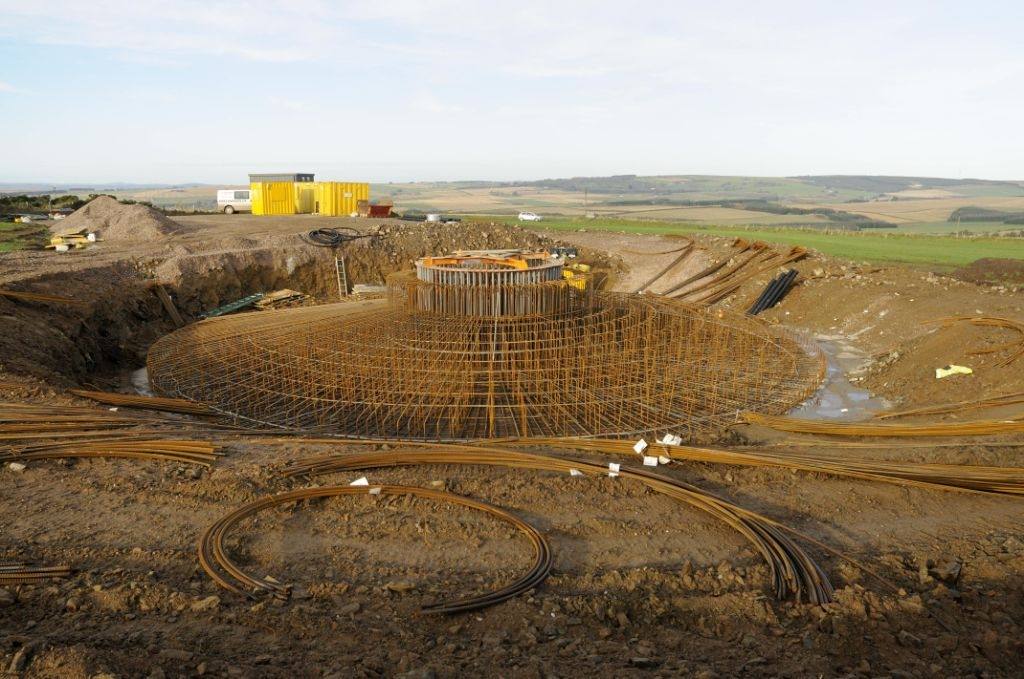In a thread a couple weeks ago during the cold spell while Alberta's power generation was maxed out, and we were discussing the contribution of wind and solar, it was suggested that we just didn't know how to read the supply/demand report posted by AESO, so I called to clarify our concerns. Had all but forgotten until today when they returned the call, with many apologies for taking so long, understandable given the weather conditions at the time.
The supply and demand report in question: http://ets.aeso.ca/ets_web/ip/Market/Reports/CSDReportServlet http://ets.aeso.ca/ets_web/ip/Market/Reports/CSDReportServlet
Here is what I learned, or confirmed:
There is nothing nefarious or secret about the report, what we can read online is exactly what is going into and out of the grid at that time. Even a dumb farmer can understand it.
Zero output really is zero output, it all balances out, if a plant shows zero output it is for one of these reasons:
Wind power really was virtually zero for the entirety of the cold spell, due to the wind not blowing.
Solar plants have to shut down below a certain temperature. Unconfirmed as being -25C, not sure if this applies to the existing Brooks plant too, or only the new plant(s) about to come online. This was news to me, and is contrary to my previous understanding, that they are most efficient at cold temperatures. Might require some more research. During the cold (with clear skies) weather, Brooks mostly read zero, but occasionally showed 1 out of 15 MW. Yet as soon as the weather warmed up, it read 6 out of 15 in mid to late morning.
Awaiting an answer as to whether any wind farms have a minimum temperature they can be operated in.
Contrary to Grassfarmer's explanation, the pool price is exactly what it sounds like. The sum of all the bids that are being called for at that time, divided by the total supply, and all generators get that same pooled price for that period of time. Regardless if they bid $0 or $999.99 they get paid the same. So I suppose you could call it collusion, when if you know that demand is at critical levels, you can bid the maximum amount, knowing everyone else will do the same(after all, the supply and demand is available for all to see on their public website). Under any other circumstance, it pays to bid low enough to not end up at the bottom of the stack, not producing anything.
There are some broken links to historical generation reports on their website, they are looking into it.
The supply and demand report in question: http://ets.aeso.ca/ets_web/ip/Market/Reports/CSDReportServlet http://ets.aeso.ca/ets_web/ip/Market/Reports/CSDReportServlet
Here is what I learned, or confirmed:
There is nothing nefarious or secret about the report, what we can read online is exactly what is going into and out of the grid at that time. Even a dumb farmer can understand it.
Zero output really is zero output, it all balances out, if a plant shows zero output it is for one of these reasons:
- 1)Scheduled maintenance, which has to be scheduled 2 years in advance
- 2)Unscheduled breakdowns, especially due to weather
- 3)Bidding too high, relative to the competition, placing that generation lower on the stack, while cheaper sources get priority until/if demand reaches the point where it is required
Wind power really was virtually zero for the entirety of the cold spell, due to the wind not blowing.
Solar plants have to shut down below a certain temperature. Unconfirmed as being -25C, not sure if this applies to the existing Brooks plant too, or only the new plant(s) about to come online. This was news to me, and is contrary to my previous understanding, that they are most efficient at cold temperatures. Might require some more research. During the cold (with clear skies) weather, Brooks mostly read zero, but occasionally showed 1 out of 15 MW. Yet as soon as the weather warmed up, it read 6 out of 15 in mid to late morning.
Awaiting an answer as to whether any wind farms have a minimum temperature they can be operated in.
Contrary to Grassfarmer's explanation, the pool price is exactly what it sounds like. The sum of all the bids that are being called for at that time, divided by the total supply, and all generators get that same pooled price for that period of time. Regardless if they bid $0 or $999.99 they get paid the same. So I suppose you could call it collusion, when if you know that demand is at critical levels, you can bid the maximum amount, knowing everyone else will do the same(after all, the supply and demand is available for all to see on their public website). Under any other circumstance, it pays to bid low enough to not end up at the bottom of the stack, not producing anything.
There are some broken links to historical generation reports on their website, they are looking into it.

Comment